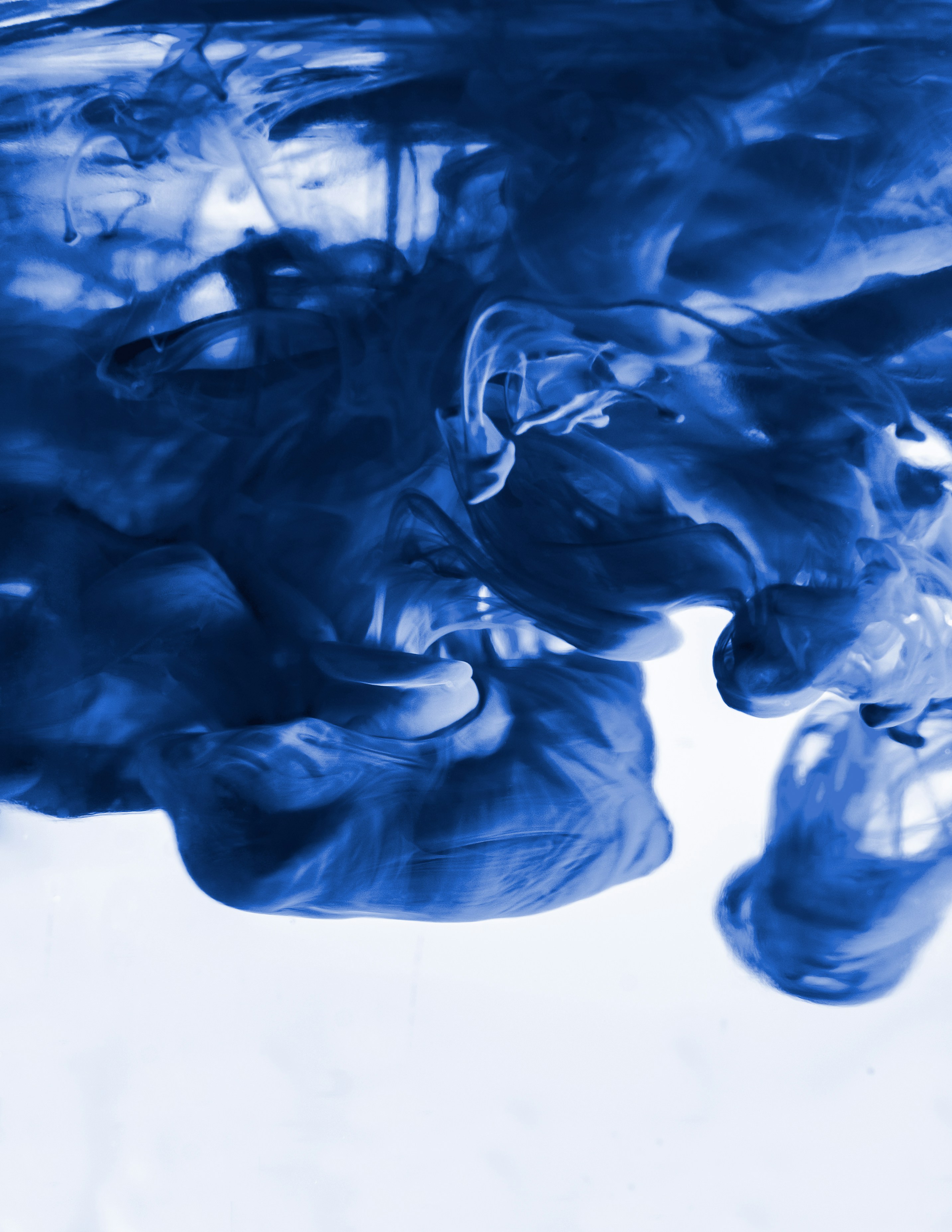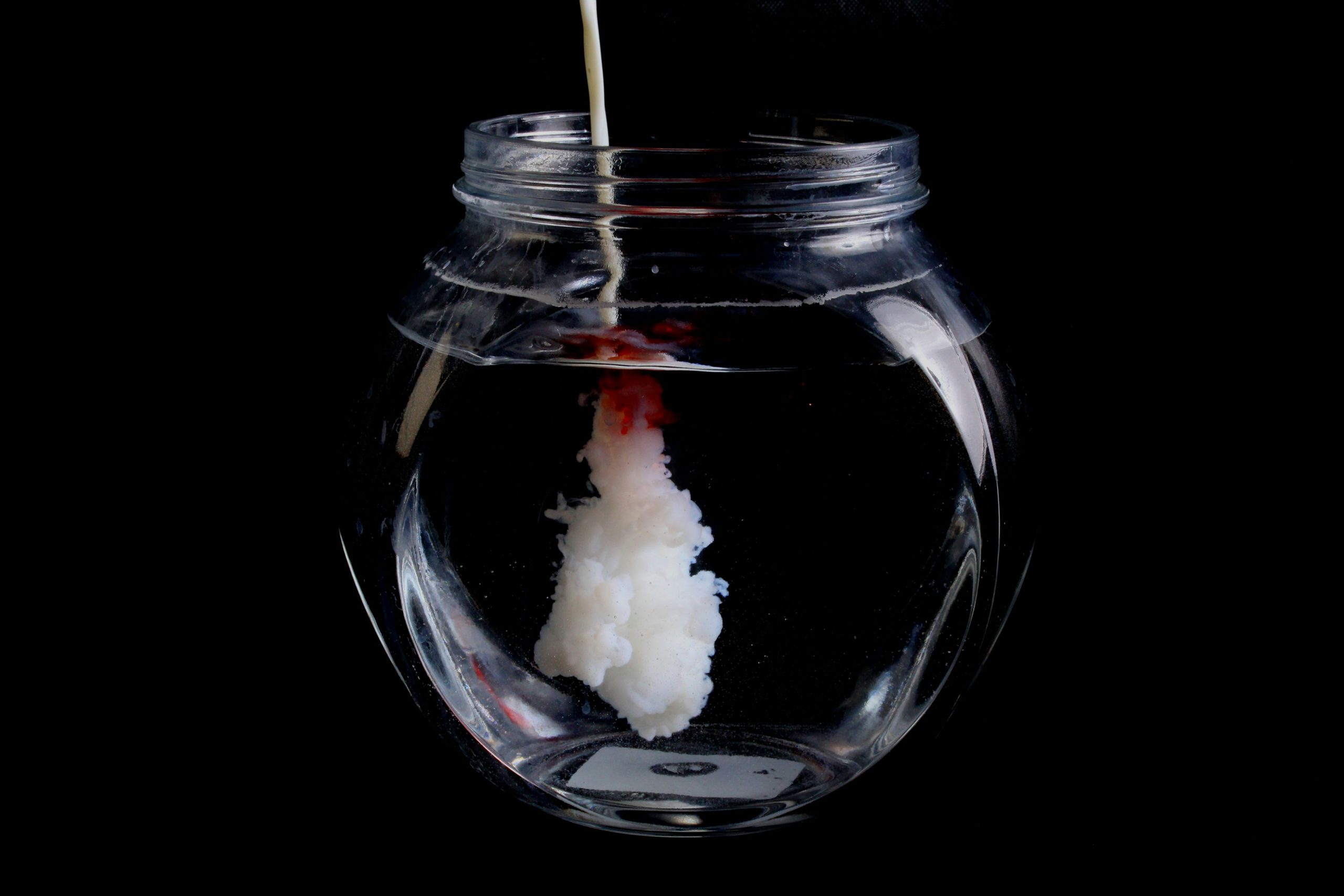How Does DTF Printing Ink Differ from Other Types of Printing Ink?
Introduction to DTF Printing Ink
DTF printing ink is making waves in the world of custom apparel and promotional items. If you’re venturing into the realm of printing, understanding this innovative ink type could be a game-changer for your projects. With its unique characteristics, DTF (Direct to Film) offers advantages that traditional inks simply can’t match. As we dive deeper into what sets DTF printing ink apart from others, you’ll discover why it’s becoming a go-to choice for many businesses and DIY enthusiasts alike. Whether you’re looking to print vibrant designs on fabric or create eye-catching graphics for marketing materials, knowing the ins and outs of DTF printing can elevate your work to new heights. Let’s explore this fascinating topic together!
Understanding Different Types of Printing Ink
Printing ink comes in various types, each designed for specific applications. Water-based inks are popular for their eco-friendliness. They’re often used in screen printing and digital prints, making them a go-to choice for many.
On the other hand, solvent-based inks contain volatile organic compounds (VOCs). These inks are durable and ideal for outdoor signage but can be less environmentally friendly.
UV-cured inks offer quick drying times due to exposure to ultraviolet light. This type is excellent for dtf printing ink high-precision applications like labels and packaging.
Then there’s sublimation ink, primarily used on polyester fabrics. It transforms into gas when heated, allowing vibrant colors that bond well with the material.
Each ink type has its unique properties and benefits tailored to different needs in the printing world. Understanding these differences helps you choose the right one for your project requirements.
How is DTF Printing Ink Different?

DTF printing ink stands apart from traditional inks in several key ways. First, it features a unique formulation that ensures vibrant colors and excellent adhesion to various fabrics. This is critical for achieving high-quality prints on different materials.
Another significant difference lies in the transfer process. DTF printing utilizes heat transfer technology that allows the ink to bond with the fabric at a molecular level. This results in durable designs that can withstand washing and wear without fading.
Moreover, DTF inks are water-based, making them more environmentally friendly compared to solvent-based options found in other print methods. They produce less odor and offer safer working conditions.
The versatility of DTF printing ink also sets it apart. It works well on cotton, polyester, blends, and even specialty fabrics like nylon or leather—expanding creative possibilities for designers and businesses alike.
Benefits of Using DTF Printing Ink
DTF printing ink offers a range of benefits that make it an appealing choice for many projects. One standout feature is its versatility. It can adhere to various fabrics, including cotton, polyester, and blends, allowing users to expand their creative options.
Another advantage is the vibrant color output. DTF inks produce rich and bright prints that stay true over time. This ensures your designs remain eye-catching even after multiple washes.
Additionally, the application process is straightforward. The ability to print directly onto transfer film simplifies production workflows while maintaining high-quality results.
Durability also sets DTF printing ink apart from other types. Prints resist fading and cracking, making them ideal for items subject to daily wear and tear.
Using this type of ink can be cost-effective in the long run due to less waste during production and fewer reprints needed for quality assurance.
Applications and Uses of DTF Printing Ink
DTF printing ink opens up a world of possibilities across various industries. It shines in apparel, allowing for vibrant designs on T-shirts, hoodies, and more.
Sportswear brands love it for its durability and ability to stretch with the fabric without cracking. This flexibility makes DTF ink perfect for active wear and custom team jerseys.
Beyond clothing, businesses utilize DTF inks for promotional items like tote bags and caps. The vivid colors help brands stand out at events or trade shows.
Personalization is another exciting application. Whether creating unique gifts or one-of-a-kind pieces, DTF printing brings creativity to life seamlessly.
Home decor also benefits from this technology. Custom cushions or wall art can be produced quickly while retaining excellent image quality.
As versatility continues to grow, so does the potential of DTF printing ink across different markets and applications.
Common Misconceptions about DTF Printing Ink
Many people believe that DTF printing ink is just another form of digital printing. This isn’t accurate. DTF, or Direct to Film, involves a unique process where the design is printed onto a special film and then transferred to fabric using heat.
Another misconception is that DTF prints are not durable. In reality, when properly applied, they can withstand numerous washes without fading or cracking. The quality of the transfer depends heavily on both the ink used and the application technique.
Some think that DTF inks are only suitable for cotton fabrics. However, this type of ink works well on various materials including polyester blends, making it highly versatile.
Many assume that DTF printing requires expensive equipment. While there’s an initial investment needed for printers and heat presses, ongoing costs can be lower compared to other methods like screen printing in certain scenarios.
Conclusion: Is DTF Printing Ink the Right Choice for Your Project?

Choosing the right printing ink can significantly enhance your project’s outcome. DTF printing ink offers a unique combination of versatility, vibrancy, dtf printing ink supplier and durability that sets it apart from other inks. Its ability to adhere to various materials while maintaining color integrity is impressive.
However, it’s essential to consider your specific needs. If you require bright colors on diverse fabrics or want a cost-effective solution for small runs, DTF printing ink may be an excellent fit. On the other hand, for larger-scale projects with different requirements or substrates, traditional methods might still hold their ground.
Evaluating your project goals will help determine if DTF printing ink aligns with your vision. Whether you’re looking to create custom apparel or promotional items, understanding the strengths and limitations of this innovative ink type ensures you’re making an informed decision tailored to your creative aspirations.

